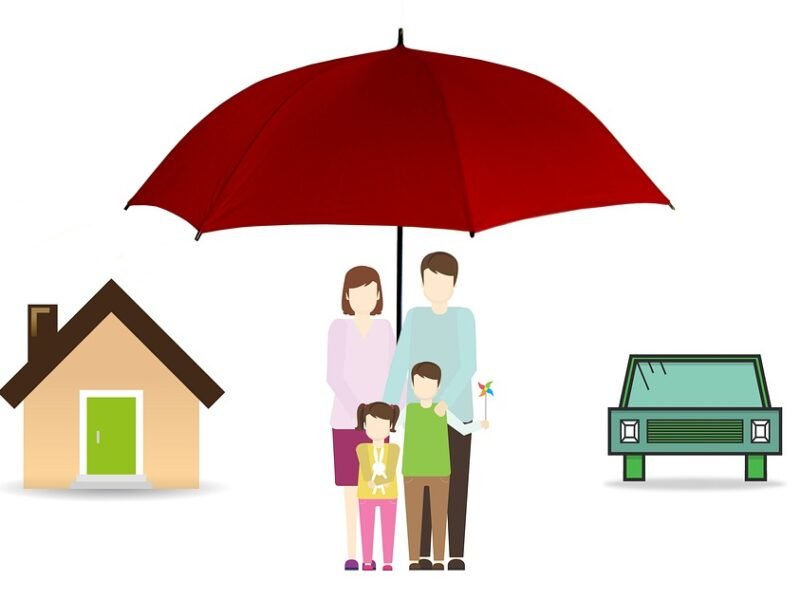The European Health Insurance Card, or EHIC, is a vital document meant to assure European Union, European Economic Area, and Swiss nationals of access to healthcare services while temporarily visiting any one of these areas. In 2004, the European Health Insurance Card replaced the older E111 form and has been the essential tool for every traveler, student, and worker moving around Europe. This card facilitates easier access to medically necessary state-provided healthcare during a temporary stay; this is accorded the same way as its residents in the country visited. We analyze below the purpose, benefits accrued to its holder, limitations, application process of an EHIC, and its future. Purpose of the European Health Insurance Card.
First of all, the EHIC will allow European travelers to access care during their sojourns in the European Union, European Economic Area, and Switzerland. The card offers access to individuals for medically required treatment under consideration with minimal costs abroad. The most common utilization includes emergency conditions-such as accidents or suddenly appearing ailments-but also includes conditions with chronic diseases.
It is not travel insurance in that it will not cover any private health care, repatriation, or other non-medical factors such as lost luggage or flight cancellation. In fact, this card works to supplement travel insurance by way of granting the holder access to public healthcare systems in countries that participate. This is important to note for travelers because if they depend solely on the European Health Insurance Card, they may leave themselves open to certain risks.
Benefits of the EHIC
1. Public Health Care Access: EHIC provides access to the state-provided health care within the visiting country; for example, GP visits, treatments as an inpatient in hospitals and prescriptions are cost-free or have reduced costs.
2. Right to Equal Treatment: The cardholders have the right to equal treatment as natives in the host country. Thus, travelers can never be excluded or surcharged for any services due to their nationality.
3. Cost Saving: The EHIC covers medically necessary treatments; thus, saving the traveler from exorbitant medical bills. For example, sudden illness or injury that may require hospitalization can be very devastatingly costly without the card.
4. Ease of Use: The EHIC is very easy to use across most parts of Europe; all one has to do mostly is present it at the hospitals, clinics, or pharmacies. It eliminates cumbersome paperwork or advance payments in most cases.
5. Peace of Mind: With this knowledge, travelers can confidently make their journey, knowing they will be covered should something go wrong. This provides peace of mind.
Limitations of the EHIC
Even though the European Health Insurance Card comes with a number of benefits, there are also some disadvantages concerning the card:
1. Temporary Stays Only: The EHIC covers short-term visits-such as holidays, business trips, or studies abroad-and cannot be used by people who have moved to another country permanently.
2. Public Healthcare Only: The card covers only treatments provided by the public healthcare systems. Private healthcare services, including private hospitals or clinics, are excluded.
3. Non-medical Costs: Additional expenses like interruption of travel, loss of baggage, and emergency repatriation are not covered under EHIC. It is always advisable that the traveler goes for fully comprehensive travel insurance for all eventualities.
4. Difference in Healthcare Systems: Not every country is exactly alike, and neither is the healthcare system, which means EHIC covers different services. For example, some countries have nominal fees for treatments with the card.
5. It is not a Substitute for Travel Insurance: In case of non-medical emergencies or high-risk activities, like extreme sports, it does not provide the same cover like the travel insurance.
Application Procedure
It is relatively easy to apply for the European Health Insurance Card, and the exact method of application will vary slightly from country to country. Generally, it is free of charge, but some countries do charge a very nominal fee to process or replace one. A general overview of applying would include the following:
1. Eligibility: The European Health Insurance Card is available to EU/EEA Swiss citizens and their dependents but is also given to any non-EU nationals with legal residence in these countries.
2. Application Process: EHICs would normally be made online, through telephone services, or post applications. Most the countries would facilitate online EHIC applications on websites or through various government portals.
3. Essential Data: The personal data of the applicant- full name, date of birth, and national identification or social security number; documentary evidence for the same may be required.
4. Duration to Obtain the Card: Usually issued in some weeks, though expedited services for urgent cases are possible in some countries.
5. Validity: The EHIC is valid for five years and must be renewed after that period. It is important to check the date of expiration before traveling.
Using The European Health Insurance Card Abroad
When overseas and receiving treatment, the holder of the card can produce their EHIC to the provider. This usually eliminates charging at the point of access, though some countries have a co-payment or administrative charge, often reimbursable afterwards.
It is advisable to carry the EHIC at all times during travel, as emergencies can happen unexpectedly. Additionally, travelers should familiarize themselves with the healthcare system of their destination country, including any specific requirements or procedures for using the EHIC.
Post-Brexit Implications
The United Kingdom’s exit from the EU brought into question the future of EHICs for British citizens. Since 2021, the UK does not issue EHICs, except in exceptional cases, like students studying in the EU, or those who have existing rights under the Withdrawal Agreement. The UK has instead introduced its Global Health Insurance Card, GHIC, which offers similar cover in EU countries.
For people from the EU, this is an EHIC that comes in useful in ensuring healthcare cover during temporary visits. However, long-term arrangements concerning access to healthcare by the UK and the EU are yet to reach an end, with travelers being advised to monitor any changes which may affect them.
The Future of the EHIC
The European Health Insurance Card has played an important role, and it continues to play one, in guaranteeing accessibility and mobility within Europe’s health sector. Its future could be affected because of the greater political and economic context brought forth by the expansion of the EU, health care reform programs, and integration of technologies. The adoption of digital health cards, for example, or integrated health systems, will further facilitate and smooth out the use of EHICs.
Besides, the COVID-19 pandemic identified cross-border cooperation in healthcare. Therefore, the EHIC may also potentially act as one building block towards a better future collaboration, answering public health concerns and contributing to universal access for all Europeans.
Conclusion
The European Health Insurance Card represents a privileged channel for those who travel, whether on holiday, for study, work, or retirement, in one of the EU or EEA member states or even Switzerland.
While having wide applicability, one has to understand its limitation and combine with travel insurance for comprehensive cover. Through European history, EHIC has continued to be a symbol of cooperation and solidarity in the conduction of peace of mind, as human beings move freely across borders. Ownership is obligatory for whoever travels within the covered countries for leisure, work, or study.






